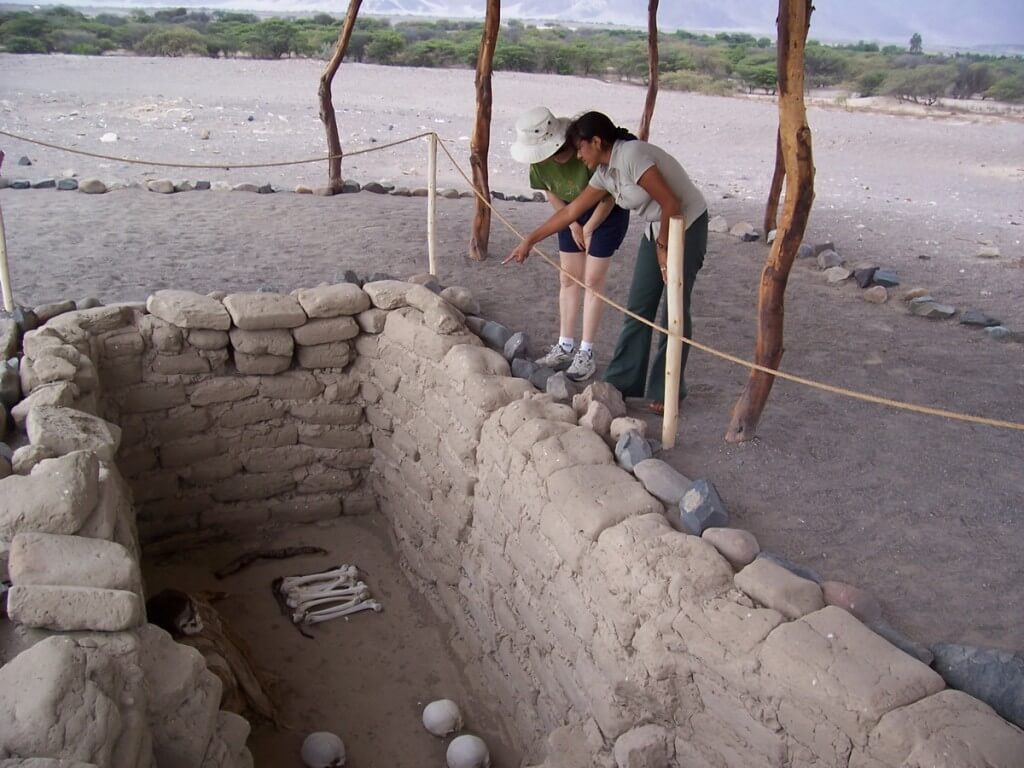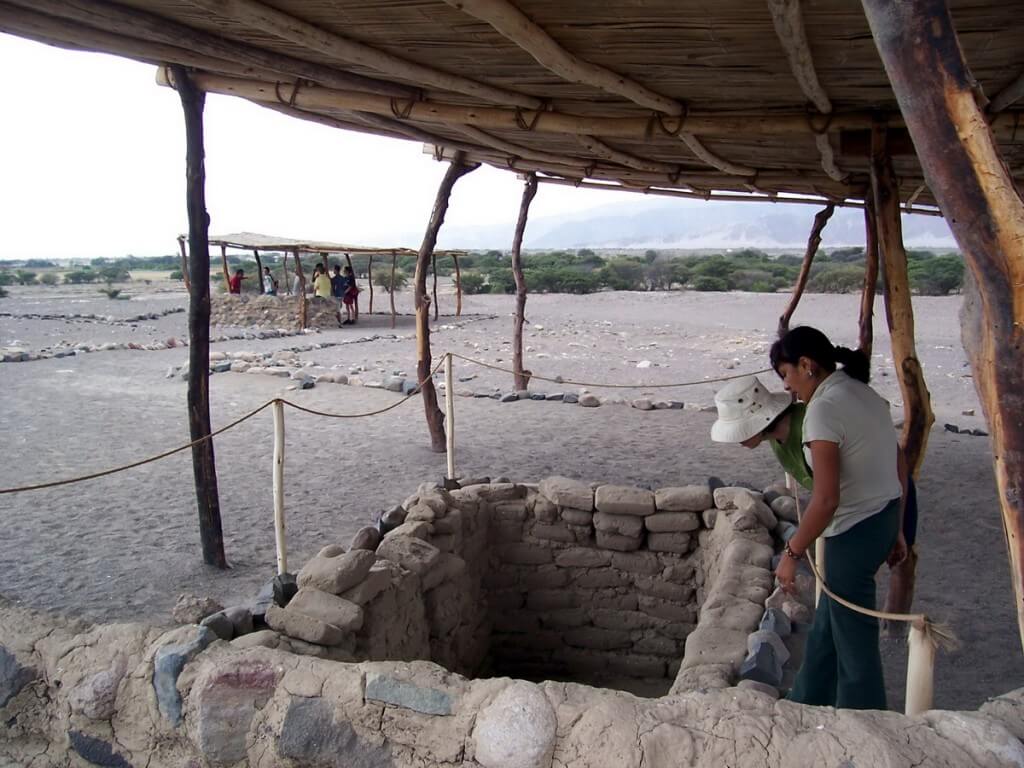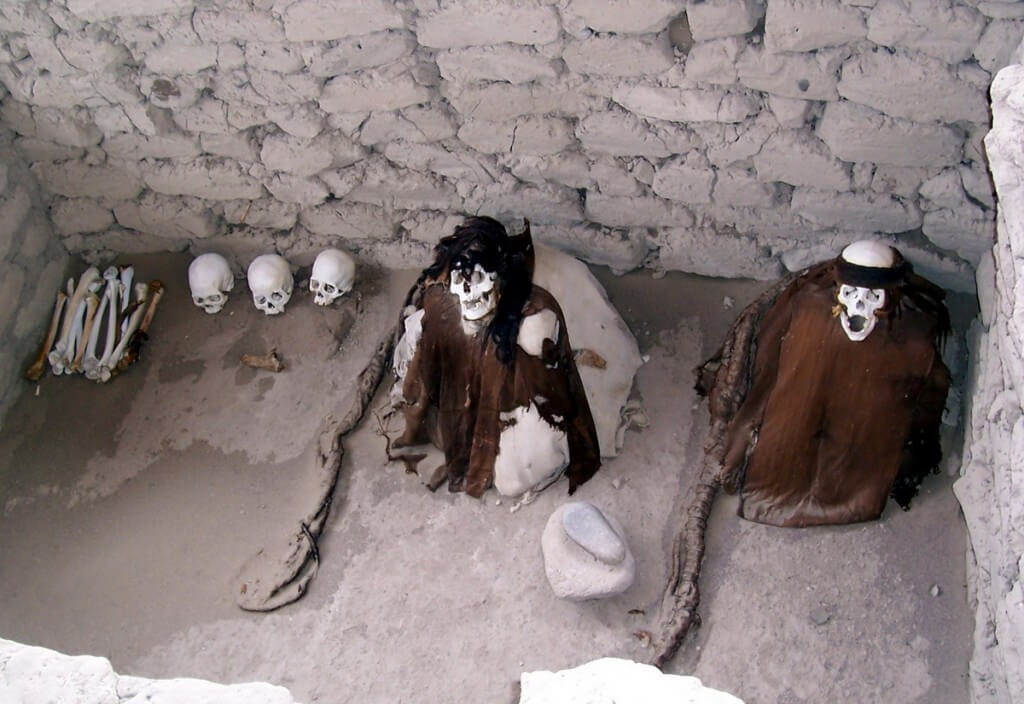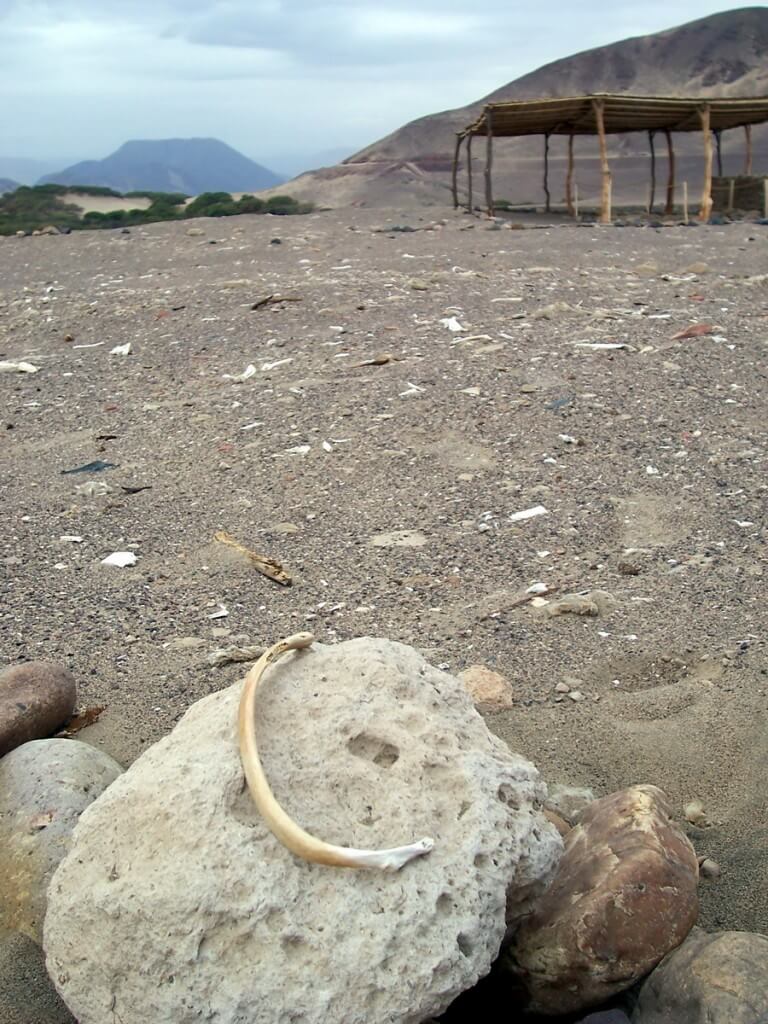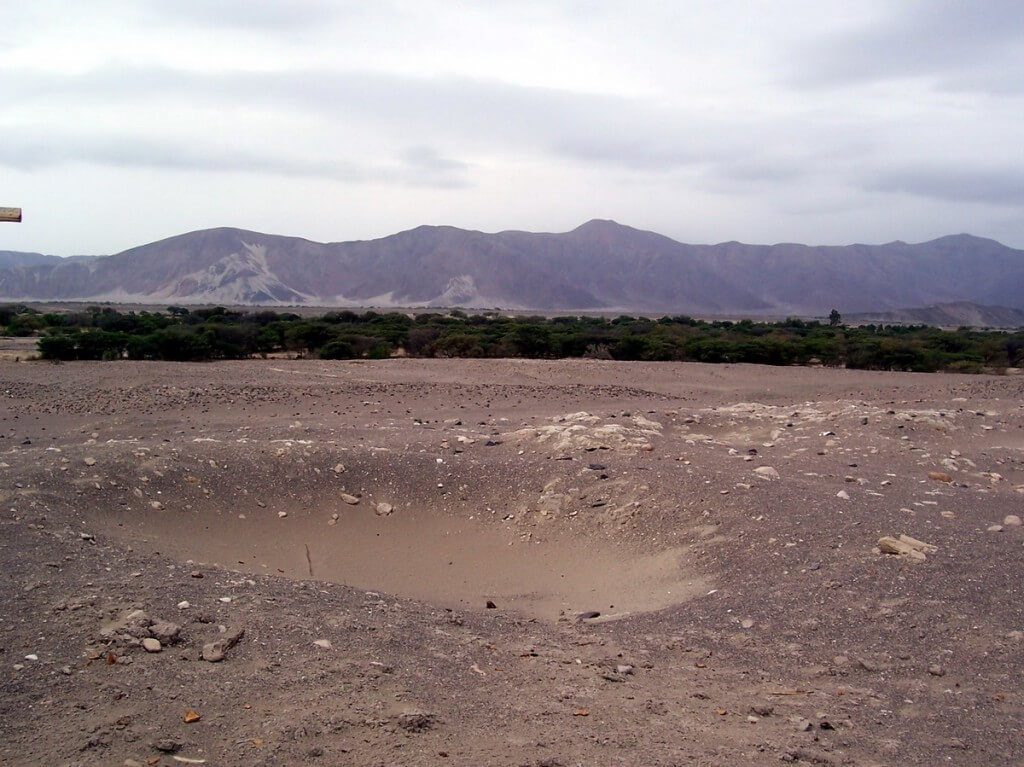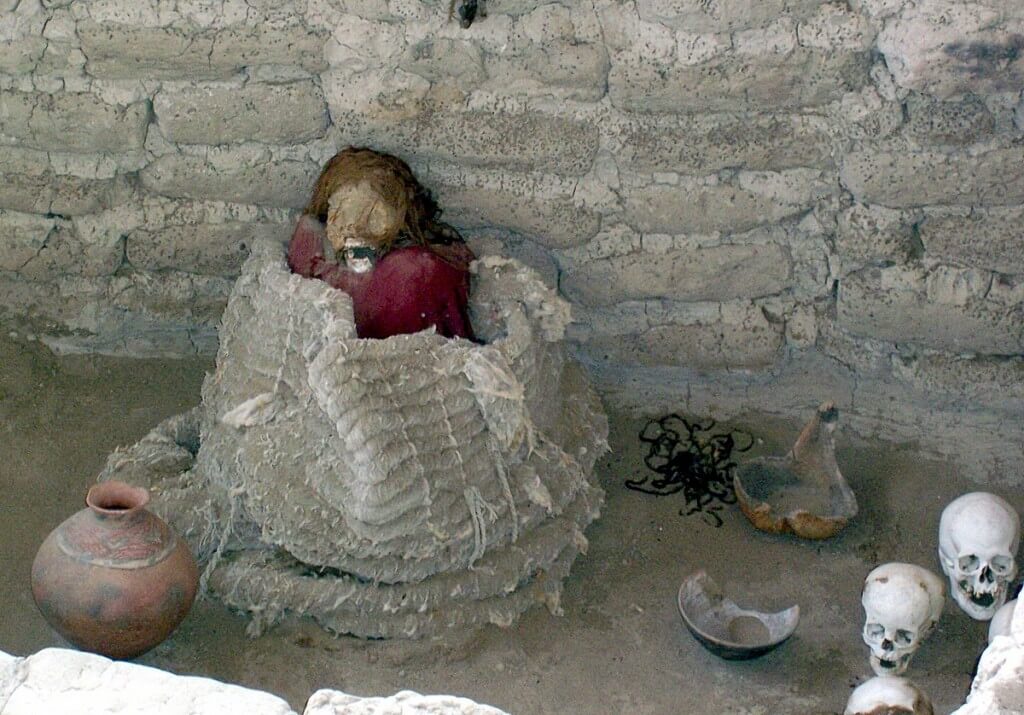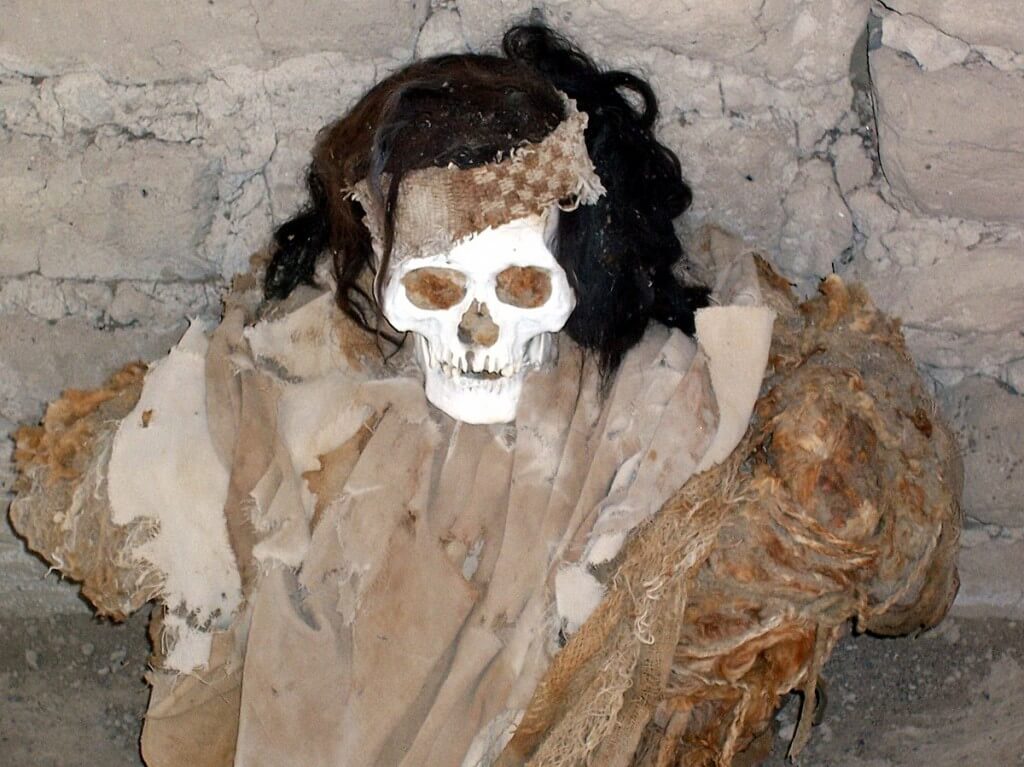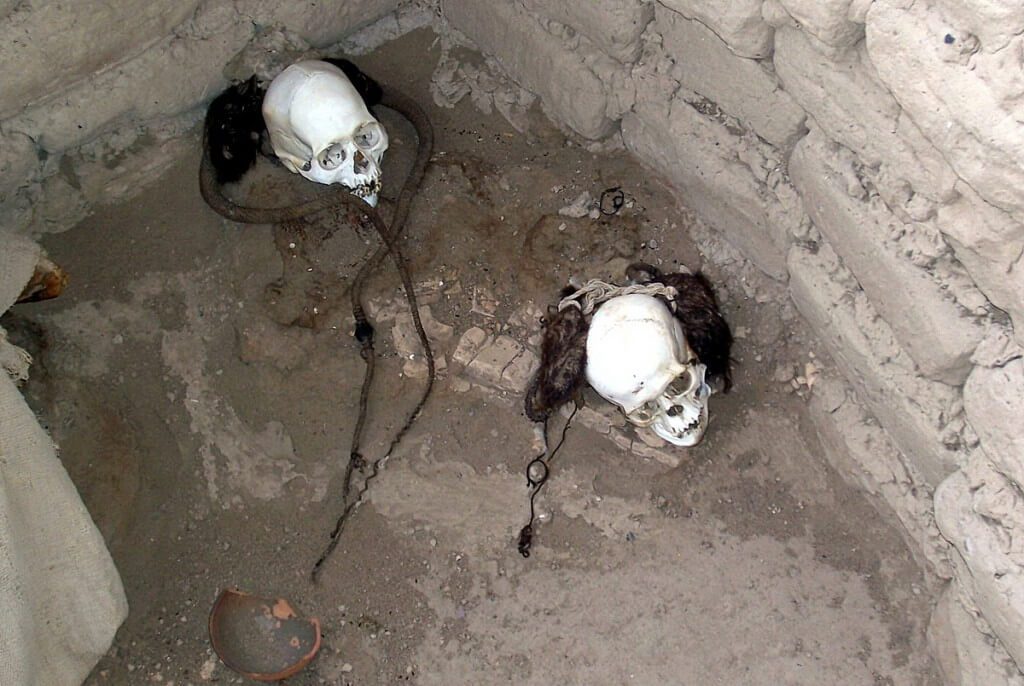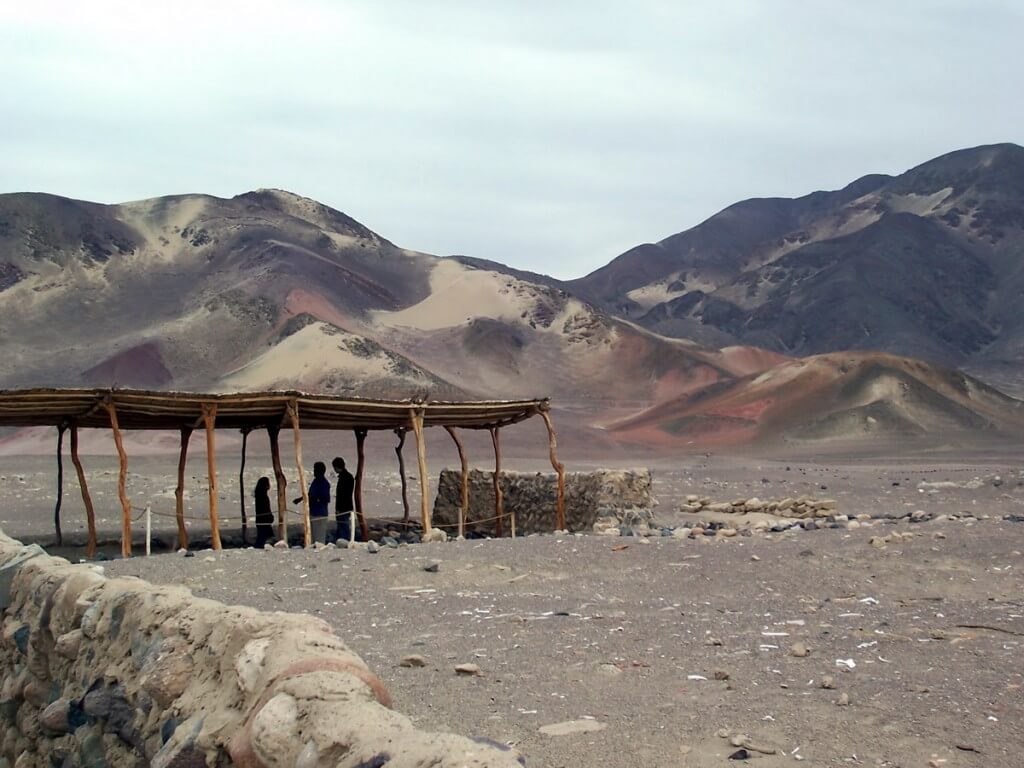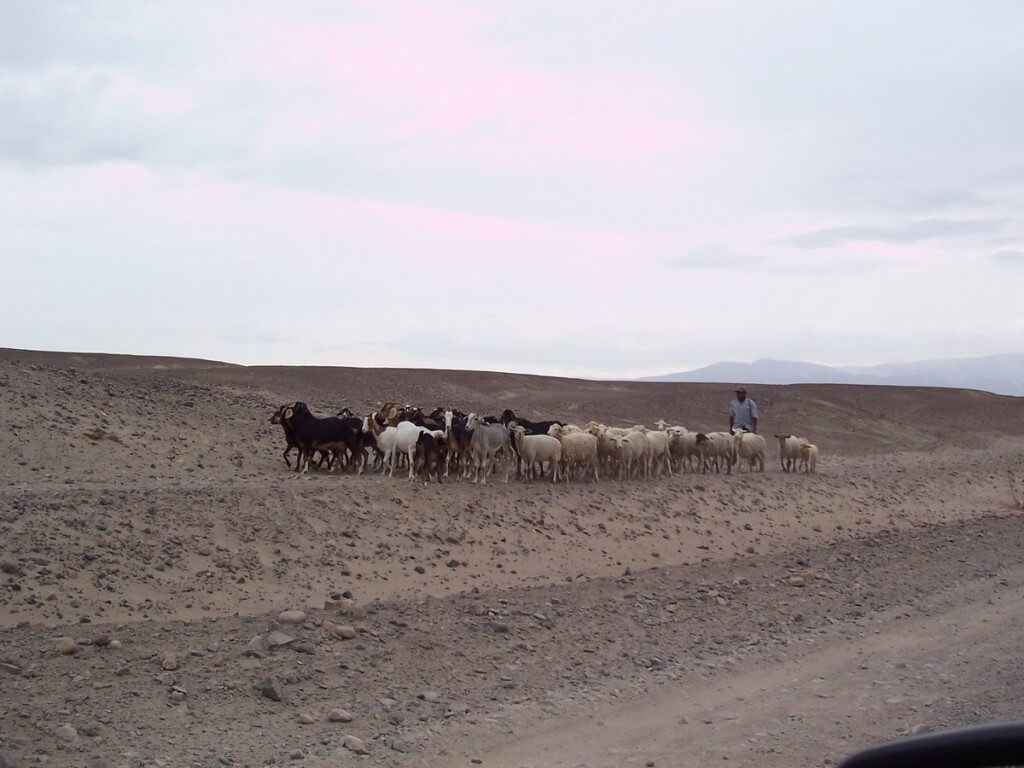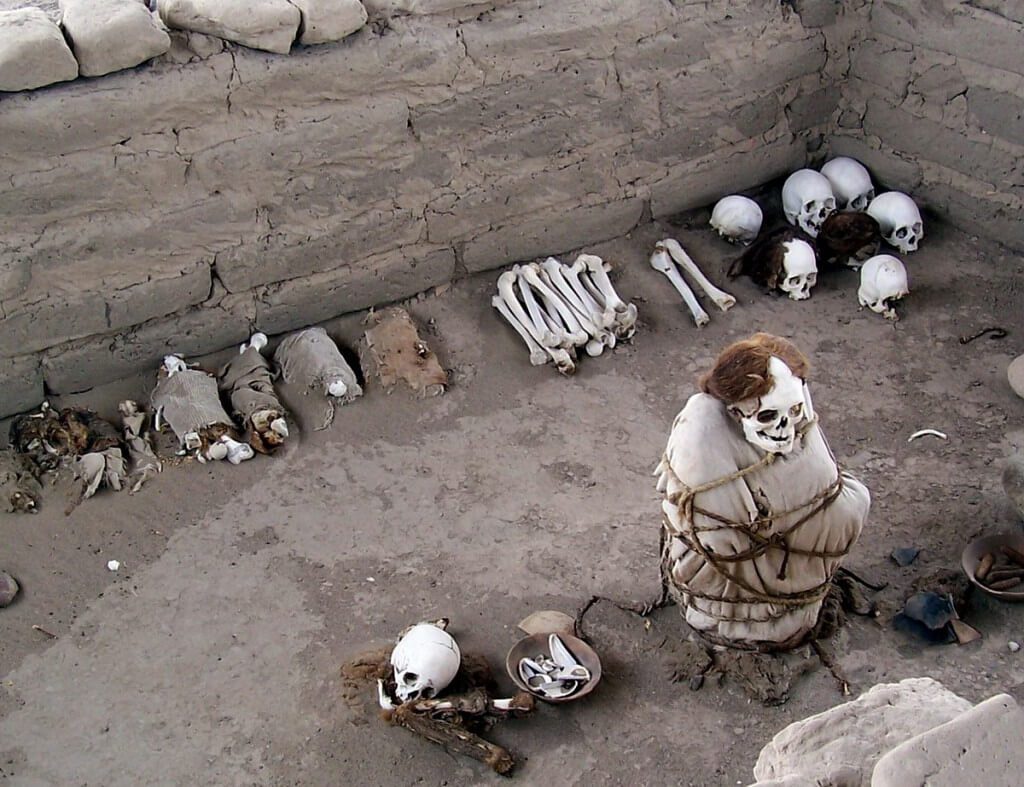The Mummies of Chauchilla Cemetery near Nazca, Peru
The Mummies of Chauchilla Cemetery in Peru, are the mummified bodies of ancient pre-hispanic Nazca people. As we soon learned on our tour, their bodies have been preserved because of the dry climate of the Nazca valley. Archaeologists have dated these grave sites to somewhere around 1000 AD, and it is believed the burials occurred here over the course of 600 years.
In Nazca, we hired a local guide named Hilda to help us find the cemetery, even though we wouldn’t have had any problem finding it on our own. We believe it is very important to connect with local people when visiting a community as it leads to a better understanding of the places we visit. From Hilda, for example, we learned firsthand about her family who are of Spanish and Inca blood, and just how badly her family and her town of Nazca had been impacted in the last major earthquake that struck the town in 1996. It registered 7.1 on the Richter scale and lasted a full two minutes. Only a few weeks after meeting her, Nazca was once again hit by a bad earthquake, and on hearing of it, we thought of Hilda, but on this day, Hilda spent her afternoon helping us to understand what part this cemetery plays in her culture, her life, and her people.
Hilda explained why all of the corpses are sitting upright, and she pointed out that they are all facing east as required under the faith of the Nazca people. To Hilda, these preserved bodies, skulls, baskets, bones and pottery are much more then a tourist attraction. She breathed life into a windswept graveyard and paid the type of respect that these dead people deserve. For us, she made the whole experience much more meaningful than if we, as two tourists, had simply walked about peering at dried bones.
For many years, the Chauchilla cemetery had been forgotten and lost under the sands of the Nazca Desert, but in 1920, it was rediscovered. Hilda explained that tomb robbers had uncovered it, and once the location was known, the thieves began to loot and steal all the treasures and mantles of the entombed bodies.
Beyond stealing the treasures, the Tomb robbers also left many of the bones and skulls laying exposed to the sun and climate on the desert floor.
This is one of the grave sites that was unearthed by Tomb robbers many, many years ago. Beyond Chauchilla Cemetery, unfortunately, many other ancient cemeteries in the Nazca area have also been damaged and robbed in the same fashion. In 1997, the Peruvian Government passed a law to protect and preserve this important archaeological site.
Archaeologists have determined that one of the reasons the bodies have survived so well is that they had been painted with resin and then stored in tombs like this one made out of mud bricks.
The resin is credited with slowing up the effects of bacteria and the ravages of time.
Many of the mummified bodies still retain the hair on their skulls. Most of their clothing and ceramic containers were stolen by the Tomb robbers,…
but as we walked the site along roped-off corridors, we could see small pieces of ceramic fragments and other human remains still scattered across the desert sands.
In this photograph, you can see human bones scattered across the area on the other side of the walled walkway. This gives you some idea of the damage done by the looters.
As we drove down the dirt road from the cemetery, a shepherd came towards us driving his goats and sheep.
He was proof that, no matter how hard life is in this desert, be it a thousand years ago or on the day we visited, things still move forward.
It should be noted that in 2010, researchers from Glasgow, Scotland, were awarded one million pounds by the European Research Council to begin a study into the illegal trade in antiquities.
Through their effort, it is hoped that the world can come up with a better way of stopping grave site looting like that which happened here at the Chauchilla Cemetery.
Frame To Frame – Bob and Jean


